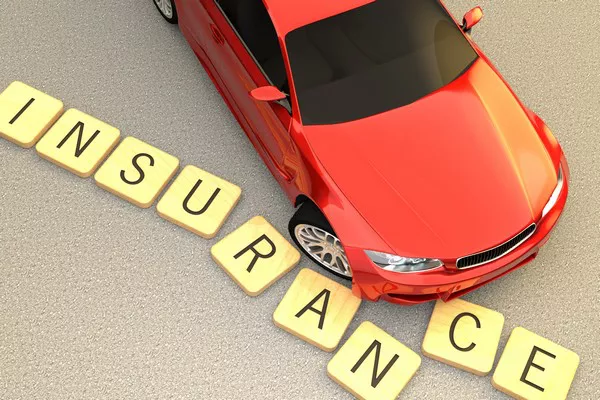Auto insurance is a crucial financial tool that provides protection against various risks associated with owning and operating a vehicle. Standard auto insurance coverage typically includes several key components designed to safeguard both drivers and their vehicles in the event of accidents, theft, or other unforeseen circumstances. Understanding these coverage types is essential for every car owner to make informed decisions about their insurance needs. Let’s delve into the specifics of what constitutes standard auto insurance coverage.
Liability Coverage
Liability coverage is perhaps the most fundamental component of any auto insurance policy. It protects you financially if you are responsible for injuring someone else or damaging their property in an accident. This coverage typically includes two main aspects:
1. Bodily Injury Liability: This part of liability coverage pays for medical expenses, lost wages, and other damages due to injuries you cause to another person in an accident. It also covers legal defense costs if you are sued.
2. Property Damage Liability: Property damage liability covers the costs of repairing or replacing property that you damage with your vehicle, such as another vehicle, building, or other structures.
Most states mandate a minimum level of liability coverage that drivers must carry. However, it’s often recommended to purchase coverage beyond the minimum requirements to protect yourself adequately in case of a severe accident.
Collision Coverage
Collision coverage is designed to pay for damage to your vehicle resulting from a collision with another vehicle or object, regardless of fault. This coverage is particularly important if you have a newer or more valuable vehicle that would be costly to repair or replace.
When you file a claim under collision coverage, you will typically have to pay a deductible before the insurance kicks in to cover the rest of the repair costs. The higher the deductible you choose, the lower your premium will likely be.
Comprehensive Coverage
Comprehensive coverage is often referred to as “other than collision” coverage because it protects against damage to your vehicle from causes other than collisions. This includes incidents such as theft, vandalism, fire, falling objects, and natural disasters like hail or floods.
Similar to collision coverage, comprehensive insurance also involves a deductible. Choosing a higher deductible can help lower your premium costs.
Personal Injury Protection (PIP) or Medical Payments Coverage
Personal Injury Protection (PIP) or Medical Payments Coverage (MedPay) are types of insurance that cover medical expenses for you and your passengers in the event of an accident, regardless of fault. PIP is required in some states and optional in others. It typically covers medical costs, lost wages, and even funeral expenses.
MedPay, on the other hand, specifically covers medical expenses resulting from an accident and is usually purchased in addition to PIP or as an alternative where PIP is not available.
Uninsured/Underinsured Motorist Coverage
Uninsured/Underinsured Motorist (UM/UIM) coverage protects you if you’re in an accident caused by a driver who either doesn’t have insurance (uninsured) or doesn’t have sufficient insurance to cover your expenses (underinsured). This coverage can help pay for medical bills, lost wages, and vehicle repairs.
UM/UIM coverage is particularly valuable because it steps in to cover your costs when the at-fault party either cannot pay or does not have adequate coverage.
Optional Coverages
In addition to the standard coverages mentioned above, there are several optional coverages that drivers can consider to enhance their auto insurance policy:
1. Rental Reimbursement: This coverage helps pay for a rental car while your vehicle is being repaired due to a covered claim.
2. Roadside Assistance: Roadside assistance coverage provides services like towing, fuel delivery, and flat tire changes to drivers who experience vehicle breakdowns.
3. Gap Insurance: Gap insurance covers the difference between the amount you owe on a leased or financed vehicle and its actual cash value if it’s totaled in an accident.
4. Custom Parts and Equipment Coverage: This coverage helps pay for repair or replacement of custom parts or equipment installed in your vehicle, such as upgraded sound systems or custom wheels.
Conclusion
In summary, standard auto insurance coverage typically includes liability, collision, and comprehensive coverages, which protect against damages to other parties and your own vehicle. Additional coverages such as PIP/MedPay, UM/UIM, and optional extras like rental reimbursement or roadside assistance can provide further financial security and peace of mind.
When selecting auto insurance coverage, it’s essential to assess your individual needs, consider state requirements, and evaluate potential risks. Working with a knowledgeable insurance agent can help you tailor a policy that meets your specific requirements and budget while ensuring you have adequate protection on the road. Understanding the nuances of each coverage type empowers you to make informed decisions and navigate the complexities of auto insurance effectively.


